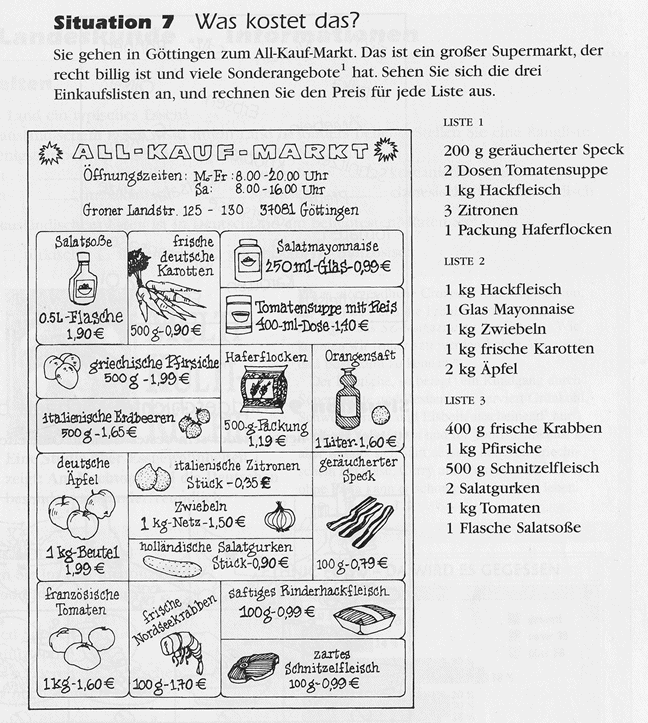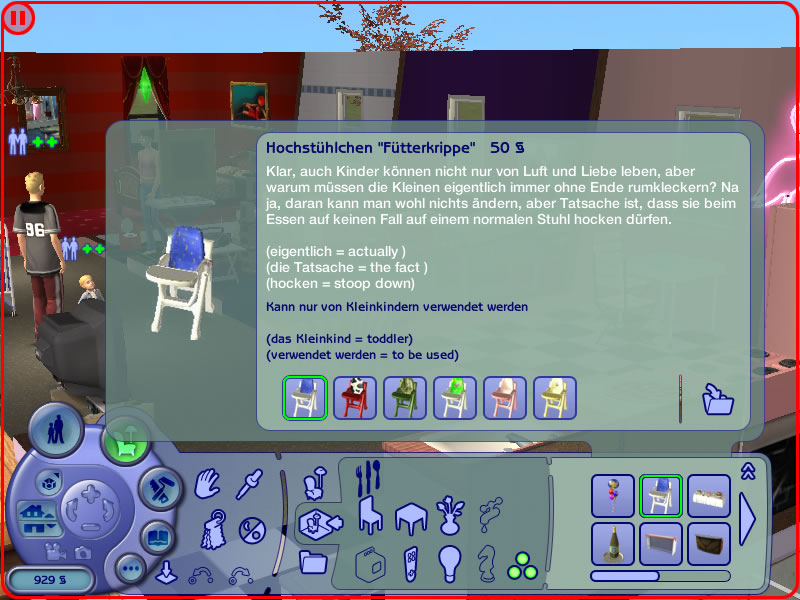![]() Replaying History -- A case study examining the game Civilization III and its use in educational settings [external link]
Replaying History -- A case study examining the game Civilization III and its use in educational settings [external link]
The human imagination is an amazing thing. As children, we spend much of our time in imaginary worlds, substituting toys and make-believe for the real surroundings that we are just beginning to explore and understand. As we play, we learn. And as we grow, our play gets more complicated. We add rules and goals. The result is something we call games.
Now an entire generation has grown up with a different set of games than any before it - and it plays these games in different ways. Just watch a kid with a new videogame. The last thing they do is read the manual. Instead, they pick up the controller and start mashing buttons to see what happens. This isn't a random process; it's the essence of the scientific method. Through trial and error, players build a model of the underlying game based on empirical evidence collected through play. As the players refine this model, they begin to master the game world. It's a rapid cycle of hypothesis, experiment, and analysis. And it's a fundamentally different take on problem-solving than the linear, read-the-manual-first approach of their parents.
In an era of structured education and standardized testing, this generational difference might not yet be evident. But the gamers' mindset - the fact that they are learning in a totally new way - means they'll treat the world as a place for creation, not consumption. This is the true impact videogames will have on our culture.
Continue with full article [External link]
In essence, games are really about learning to solve problems.
(Wright)
In this way, games have always been about learning; the difficulty is that exactly what is being learned varies greatly between games. Few would dispute that play functions as a wonderful learning tool for infants and young children when they are first learning skills such as motor coordination and spatial movement. The difficulty is when adolescents and adults continue to play games where they are still simply pushing their motor coordination and spatial skills to new extremes, rather than learning new skills.
In the earliest days of game development, designers had neither the exemplars nor the technological capabilities for creating problems beyond motor coordination or spatial tracking challenges 1. Thus, one could learn simpler, reptilian-brain level skills from a video game -- however, the medium was not at a point where it was well suited to deliver problems engaging our more sophisticated outer cortex styles of thinking (Wright). Today, however, player demand requires commercially successful games to find ways to satisfy their desire to learn complex cognitively skills. In games like Civilization, players are forced to make decisions through a process of enormous logical synthesis. Players of Lineage II , World of Warcraft or Savage master massive social coordination problems. Starcraft and SimCity impart a profound understanding of and ability to manage emergent dynamics. (Note: These games were not chosen because they were learning games, similar properties could be found in all other popular video games today)
What is truly paradoxical about this is that the only games that still focus mostly on motor coordination problems are, ironically, the educational games:
(Source) -- Promo video for the Edutainment game Math Blasters
Interspliced with the motor coordination problems are traditional drill assignments that a player must complete before returning to the game or watching a new animation. As discussed with Story-Games and Edutainment, this strategy results in an experience that essentially combines the entertainment value of a bad lecture and the educational value of a bad game -- and can only be sustained commercially today if we rely on parents or teachers to force kids to endure it.
Rather than seeing "edu" as being distinct from "tainment", we need to understand the circumstances in which human beings actually enjoy learning to solve problems, and then find ways to present the player with problems that draw upon the skills we consider important. The above game, The Zoombinis Logical Journey, does not resemble mathematics education as it has developed over the years in many elementary textbooks. Arguably, we could say it is not as educational as a game such as Math Blasters. Yet, if we look closely at the ways in which shapes and colors are combined to plot different graph positions on the wall, the essence of the game is clearly to learn mathematical thinking in order to solve logical problems. As the game designers remark, "in effect we found the 'game in the math' rather than putting math in a game."
For most educational disciplines, the challenge now is to identify possible game activities that draw upon the relevant abstract concepts for their discipline. Math educators might explore how various concepts could be applied to a cryptography mission in a game. History educators are refining the use of role play in understanding individual contributions to history. Science educators show how simulation and modeling can be used to visualize multivariate emergent data. In some cases, this represents a paradigm shift in the way these disciplines deliver many of their concepts.
For language educators using a communicative approach, structuring lessons around activities that require participants to develop communicative abilities in order to complete tasks is hardly anything new. We now need to connect those tasks into meaningful game frameworks. We are fortunate that the underlying problem in many video games, social coordination, is already a direct match with our own primary pedagogical goal. As it turns out, game designers are finding that many of the best games activities are the same ones already central in foreign language curricula.
(Wright)

Situation 7. Calculate the price for each of the shopping lists on the right from the provided supermarket flyer.

A player in The Sims 2 analyzes a shopping catalog of baby-items to determine which chair best matches the needs and budgets of a particular family.
While many entertainment games today could directly support many of the activities and goals foreign language educators are building into their classrooms, often the computer games prescribed for homework do not. If we look at the quia.com activities included in with many textbooks, the game activities unfortunately share no connection to the meaning of any of the language used.
Tests of linguistic competence are often entirely abstract. Students may be asked to transform sentences which are completely out of context and have no real referent. For example, "Change the following sentence to the past tense: John goes to the store. Who is John? What store? When? Why?To complete such a task, we must think about language not as a tool for the communication of ideas, but as an abstract entity which can be manipulated by following certain rules.
-The Natural Approach, pg. 167
While an underlying game activity such as matching could be useful for learning tasks such as comparison, using it for all language content unfortunately reduces a word to being merely an arrangement of individual letters.
1Excludes moos, muds, text adventures, etc